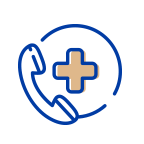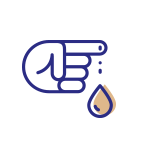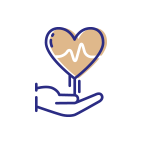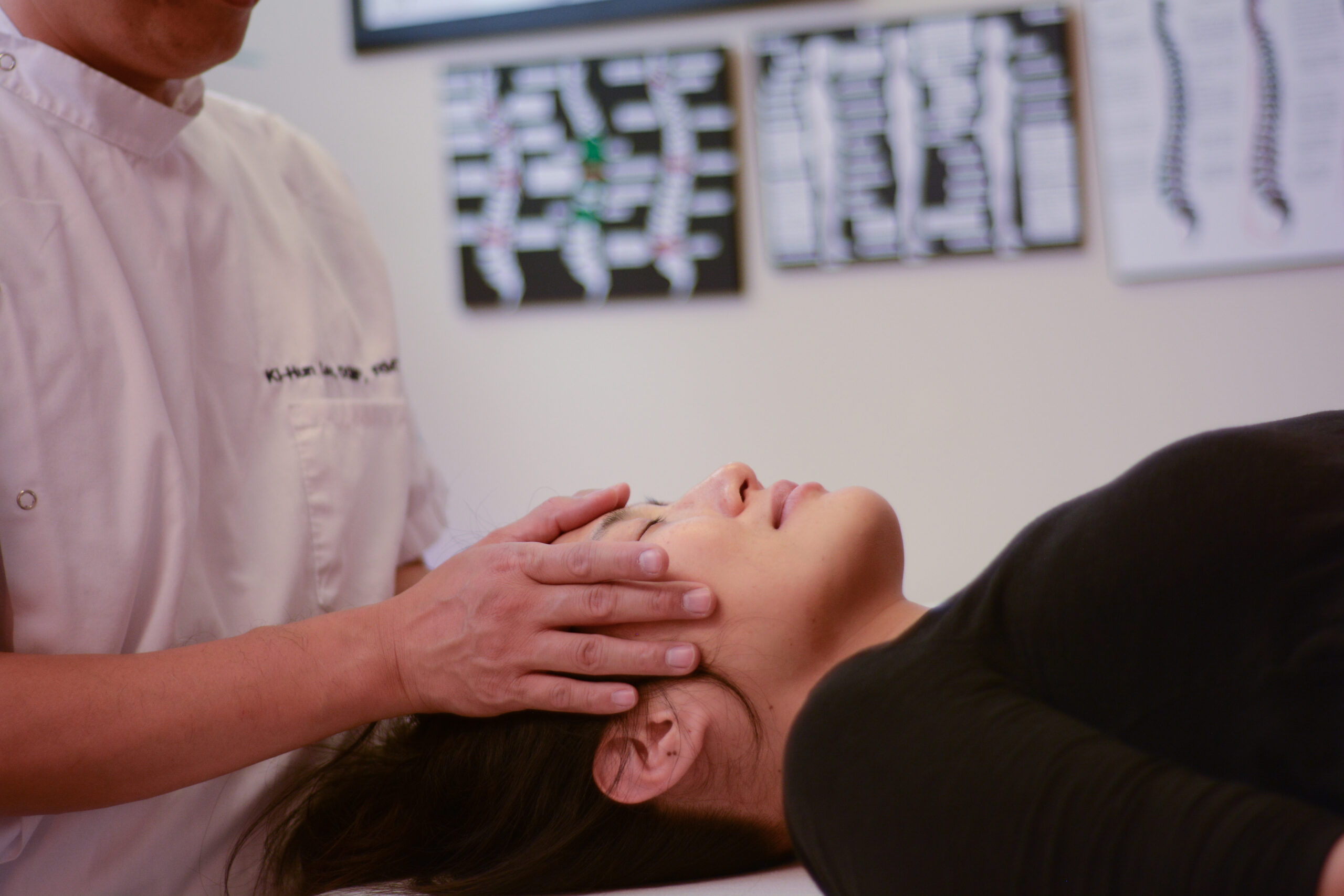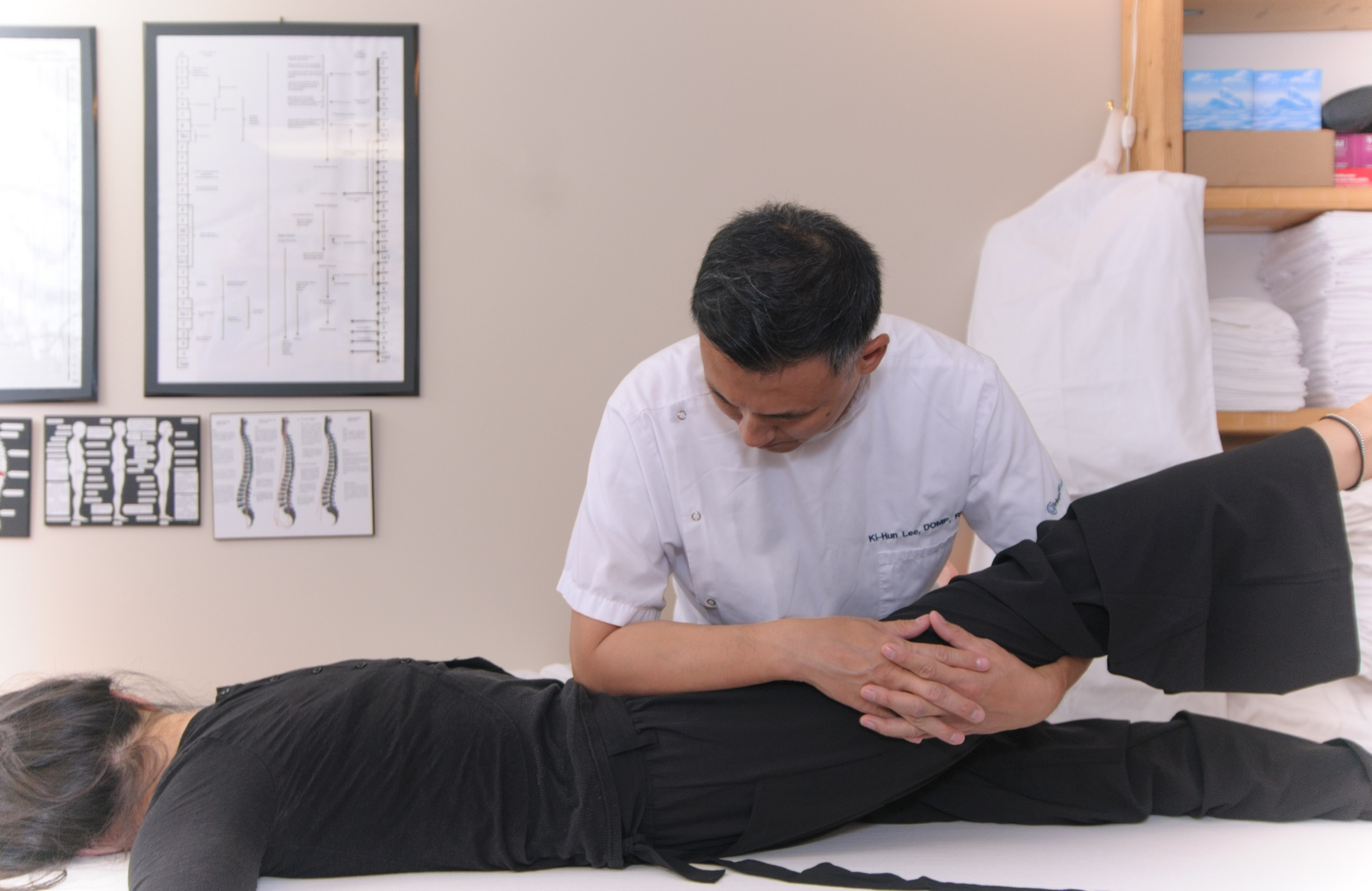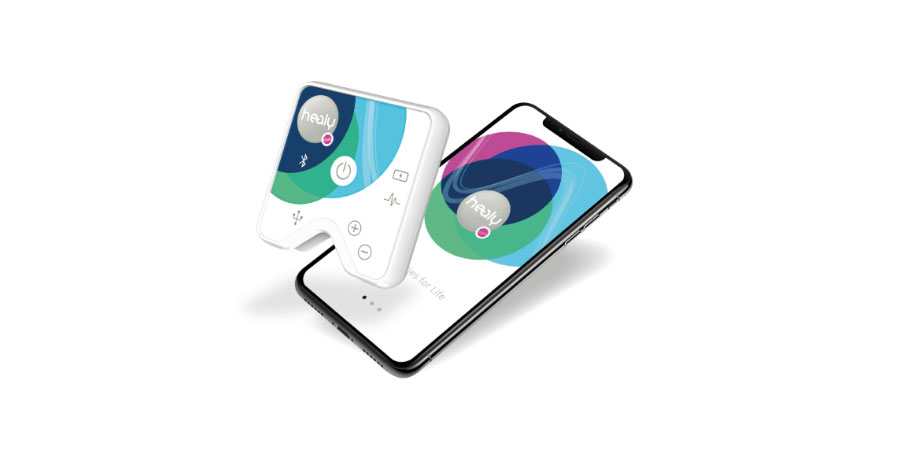Frequency Specific Microcurrent for Shingles
Striving To Be Toronto's Best Osteopathy And Massage Therapy clinic
Shingles Pain Management with Frequency Specific
Microcurrent (FSM)
At Integrated Bodywork we use Frequency Specific Microcurrent (FSM) to help you with your Shingles pain management.
If you have shingles pain, rashes and blisters associated with shingles, FSM is very effective for shingles pain relief and recovery of shingles rash and blisters.
What is Shingles?
Shingles is caused by the varicella zoster virus, the same virus that causes chickenpox. After you’ve had chickenpox, the virus stays in your body for the rest of your life. Years later, the virus may reactivate as shingles.
Shingles shows up as a painful skin rash with blisters. Shingles can occur on any part of your body, usually appearing as a single stripe of blisters that wraps around the left side or the right side of your torso. Sometimes the shingles rash occurs around one eye or on one side of the neck or face.
Although shingles isn’t life-threatening, the outbreak can be extensive and extremely painful. Early treatment may shorten a shingles infection and lessen the chance of complications. The most common complication is postherpetic neuralgia, a painful condition that causes shingles pain to last longer even after your blisters have cleared.
Shingles Symptoms
Shingles symptoms usually affect only a small section on one side of your body. These symptoms may include:
- Pain, burning or tingling
- Itching
- Sensitivity to touch
- A red rash that begins a few days after the pain
- Fluid-filled blisters that break open and crust over
Some people also experience:
- Fever
- Headache
- Sensitivity to light
- Fatigue
Stages of Shingles
The first symptoms of shingles are usually pain in the skin and muscles. For some people, this pain can be intense. Depending on the location of the pain, it can sometimes be mistaken for problems with the heart, lungs or kidneys. Some people experience shingles pain without ever developing the rash. In this initial stage there is no rash or blisters, and this stage can last for several days. After this initial stage, the painful area breaks out with rash and small, fluid-filled, painful blisters. Even with conventional pharmaceutical treatment, this stage can last for several weeks. When the rash and blisters resolve, it simply means the virus has become dormant again.
Shingles Transmission
Most people who develop shingles have only one episode during their lifetime. However, you can have shingles more than once.
If you have shingles, direct contact with the fluid from your rash blisters can spread varicella zoster virus to people who have never had chickenpox or never received the chickenpox vaccine. If they get infected, they will develop chickenpox, not shingles. They could then develop shingles later in life. The risk of spreading varicella zoster virus to others is low if you cover the shingles rash. People with shingles cannot spread the virus before their rash blisters appear or after the rash crusts. People with chickenpox are more likely to spread varicella zoster virus than people with shingles.
Shingles Treatment
Currently there are no conventional treatments that can completely eliminate shingles from the body. The conventional approach to treating shingles involves the use of several antiviral medicines such as acyclovir, valacyclovir, and famciclovir. These medicines are most effective if you start taking them as soon as possible after the rash appears. Antiviral medicines shorten the course of the outbreak, shortening the time until the virus again becomes dormant, but for many this still means weeks of excruciating pain.
Pain medicine, either over-the-counter or a prescription from your doctor, may help relieve the pain caused by shingles. Wet compresses, calamine lotion, and colloidal oatmeal baths (a lukewarm bath mixed with ground up oatmeal) may help relieve itching.
Homeopathic and/or Ayurvedic treatments are also proven to be helpful with symptoms.
Frequency Specific Microcurrent (FSM) for Shingles
FSM is a completely painless and non-invasive method for resolving the pain, rash and blisters associated with shingles.
In the “Non-Pharmacologic Treatment of Shingles” published in Practical Pain Management in 2010, Dr. Carolyn McMakin, the creator of modern FSM, states her observations on Shingles. According to Dr. Carolyn McMakin, the widespread use of her FSM shingles protocol has resulted in a very predictable treatment outcome. If treatment begins in the initial stage, before any rash or blisters are seen, a single two hour treatment will cause the virus to immediately go dormant again, ending the acute outbreak. If treatment begins after the rash and blisters have appeared, following a single two hour treatment the pain usually goes away completely within 20 minutes and the blisters dry up and heal in about 48 hours. Further treatments are usually not needed.
According to unpublished anecdotal reports of Frequency Specific Microcurrent (FSM) treatments during the last twelve years, one frequency combination has been observed consistently to eliminate the pain and shorten the course of shingles.
You can read the entire paper on the FSM treatment of shingles here.
Sources
Webb, D. (2019, August 3). “Shingles.” Out Clique. https://www.outclique.com/shingles/
“Shingles.” Centers for Disease Control and Prevention, https://www.cdc.gov/shingles
“Shingles Overview.” MayoClinic, https://www.mayoclinic.org/diseases-conditions/shingles/symptoms-causes/syc-20353054

